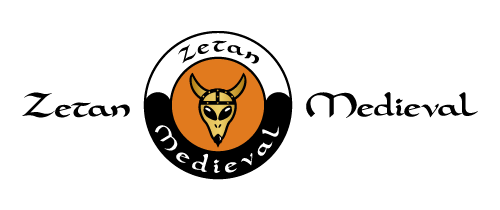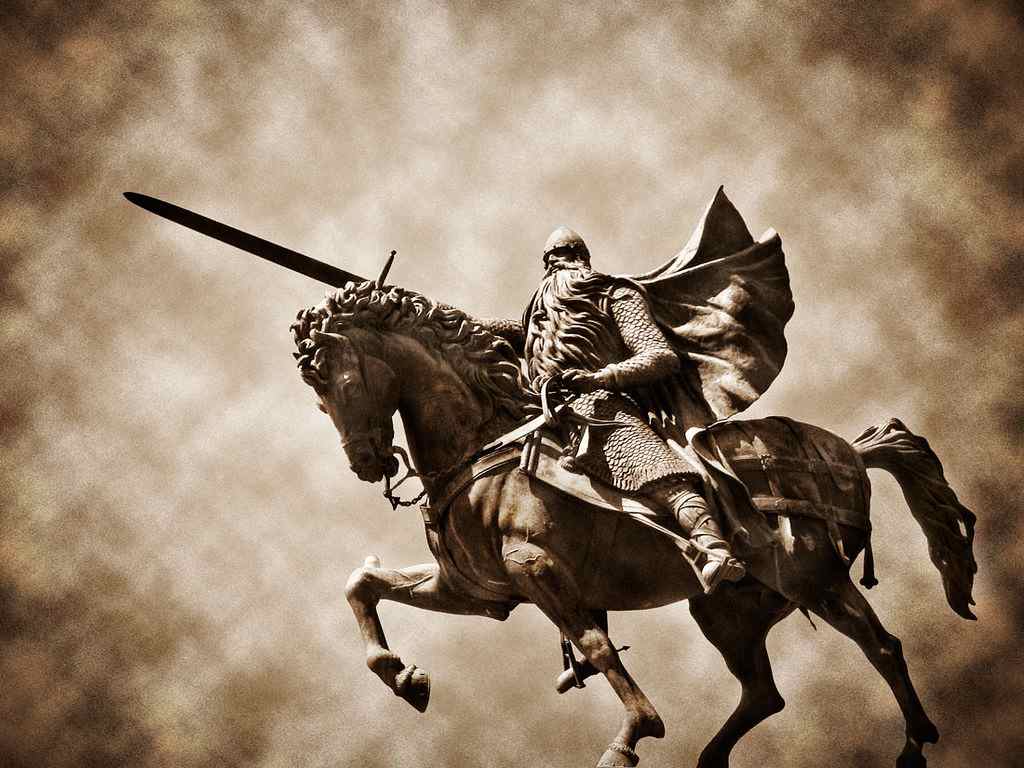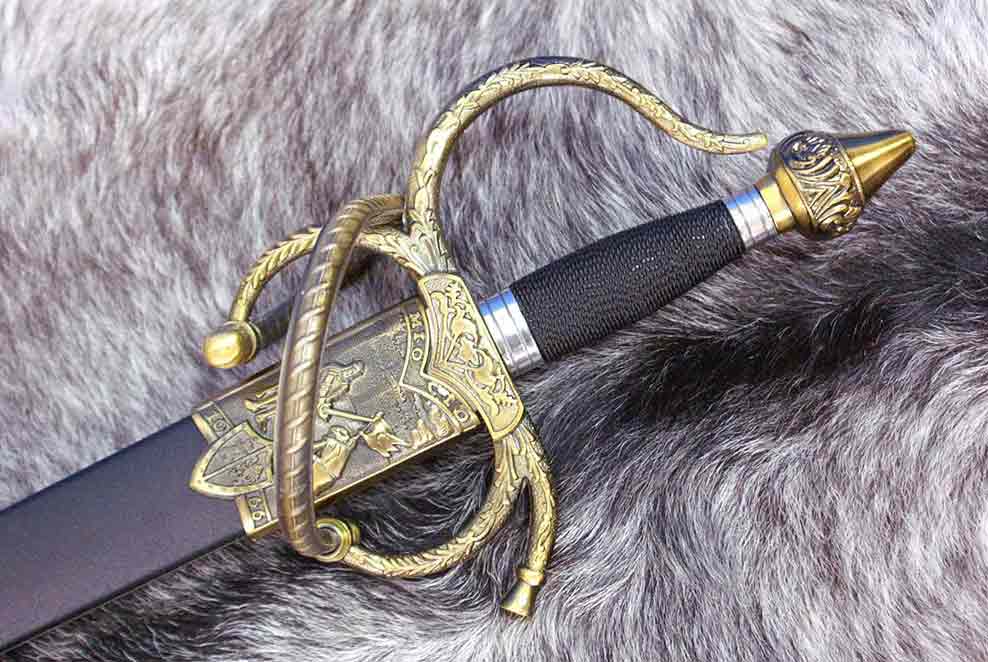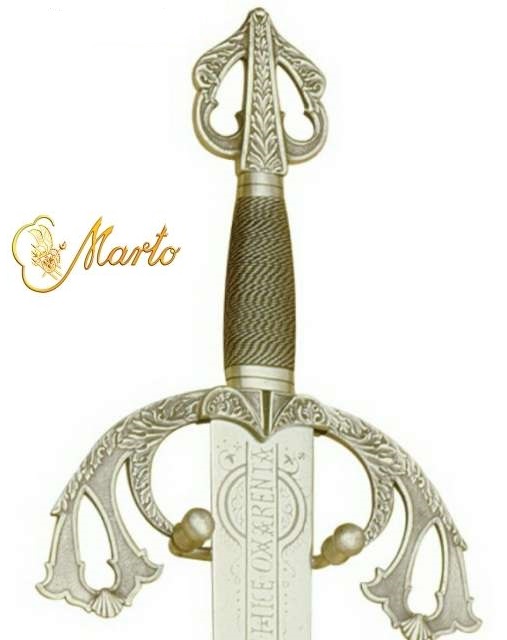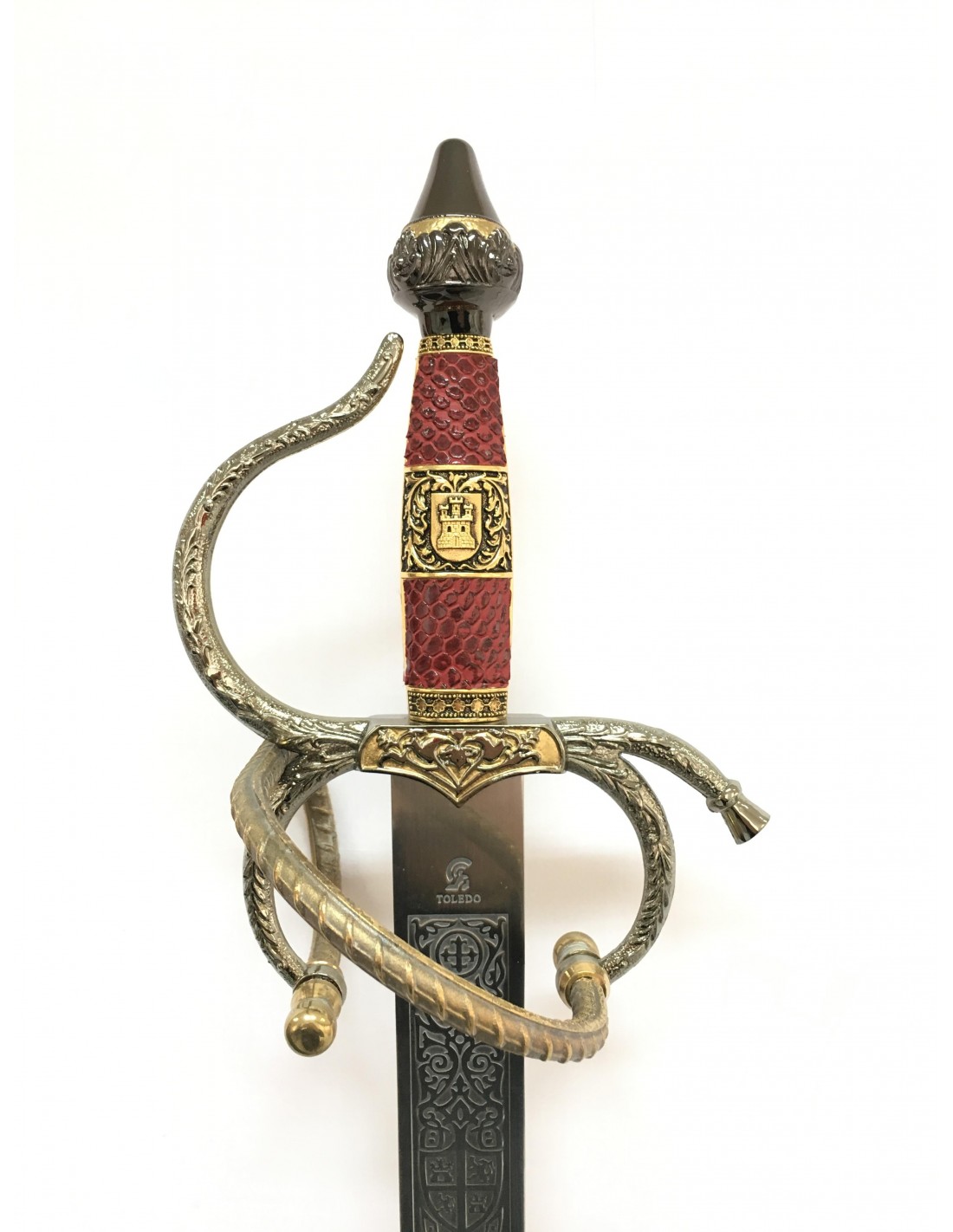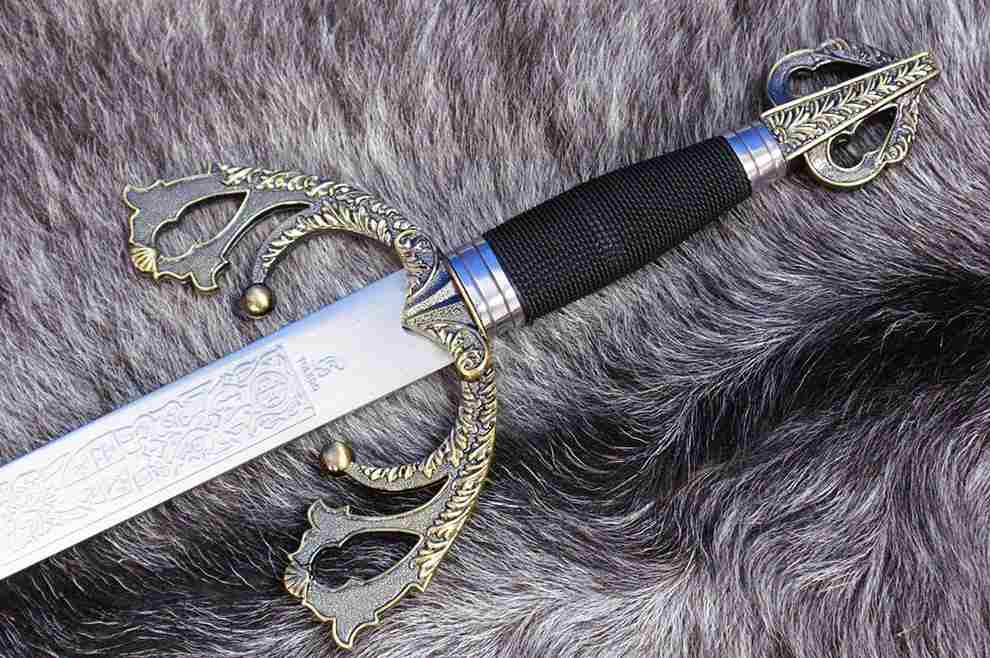- 0 likes
- 5788 views

Related products
€66.28
Cadet Colada Cid sword. Length 75 cm. Stainless steel blade.
€91.19
Sword casting of the golden and recorded Cid, with carbon steel sheet, temperate, forged, polished and bathed in nickel and gold length 103 cms, weight 1.6 kilos. The blade is made of steel and is not bathed in gold.
€89.21
Colada Cid sword natural dimension,silver finished and engraved with blade in steel, tempered, forged and polished. Length 103 cm, weight 1,6 kg.
€77.03
Spanish sword of Tizona in brass. Length 100 cm. Stainless steel blade.
€49.44
Cadet Tizona Cid sword. Length 75 cm. Stainless steel blade.
